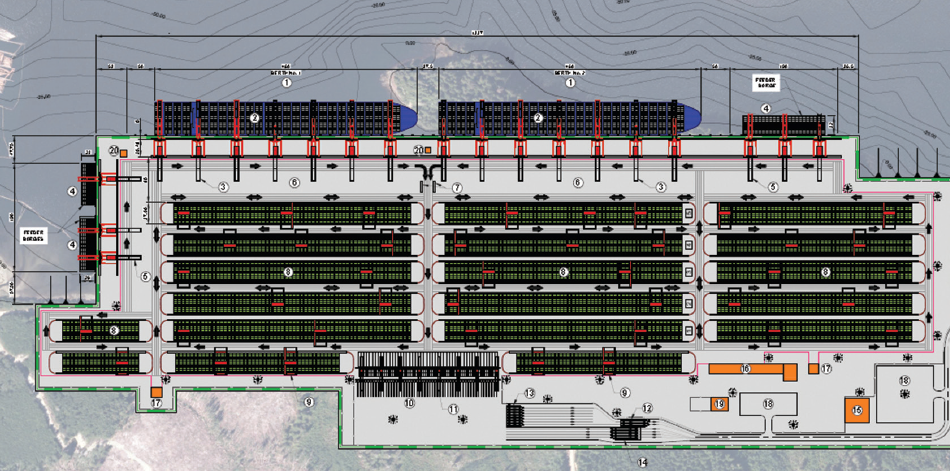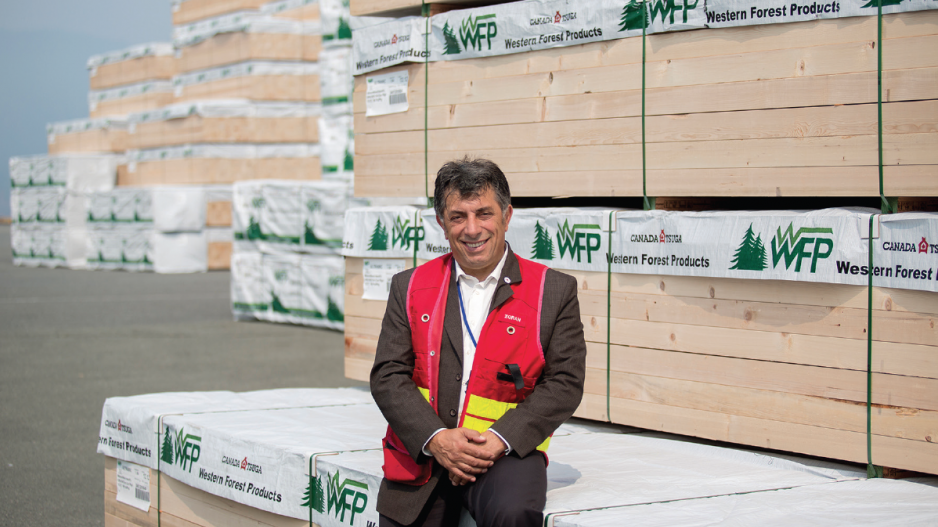As the Port of Vancouver continues to thrive in volatile economic times, other potential marine industry areas in B.C. are hoping to seize opportunities to alleviate congestion created by Canada’s biggest and busiest harbour.
Recently named in Deloitte’s EU Shipping Competitiveness Study as one of five benchmark international shipping centres along with Singapore, Hong Kong, Dubai and Shanghai, the Port of Vancouver continues to grapple with the challenge of accommodating a rising tide of container traffic. For the past four years, it has handled more than 135 million tonnes of cargo annually.
While the proposed Roberts Bank Terminal 2 project in Delta would potentially add 2.4 million 20-foot equivalent units (TEUs) to local container capacity, an outlying community is promoting an equally ambitious project.
The Port Alberni Transshipment Hub (PATH), the Port Alberni Port Authority’s (PAPA) proposed $1.7 billion deepwater port, would handle up to 22,000 TEUs annually. PAPA chief executive officer Zoran Knezevic says the idea is to help Lower Mainland container terminals with “pre-sorted cargo.”
“It’s a very viable alternative and solution to a problem that larger ports are facing, such as the Port of Vancouver and Seattle, in terms of congestion issues with a major port so close to a city,” he says. “[PATH] is beneficial because of its location. It’s an accepted concept everywhere throughout the world to essentially create a large hub and spoke model for a major port.”
PATH recently completed a pre-feasibility study, which was partially funded by Transport Canada.

The Port Alberni Transshipment Hub, the Port Alberni Port Authority’s proposed $1.7 billion deepwater port, would handle up to 22,000 TEUs annually| Submitted
Knezevic says that since then PAPA has been gathering endorsements from the local community, the regional district, the City of Port Alberni, various First Nations and business organizations as well as private investors.
He says there was initial pushback from the Port of Vancouver given that PATH could be seen as an alternative to Deltaport’s Terminal 2 container expansion project; however, he notes that since then the Port of Vancouver has become more welcoming of the progress on the Deltaport proposal, which is currently undergoing a federal environmental review.
PATH would potentially increase Canada’s gross domestic product by $21.3 billion and reduce commuting time through the George Massey Tunnel by 98,750 hours annually, according to PAPA’s pre-feasibility study. Knezevic says another benefit centres around pushback against further Port of Vancouver development by groups such as APE (Against Port Expansion), which fear that increasing port capacity across Metro Vancouver would damage the ecological makeup of the Fraser River and adjacent agricultural land.
Bernie Dumas, president and chief executive officer of the Port of Nanaimo, says Nanaimo supports the project and is taking a collaborative approach with the proposed project rather than a competitive one.
The Port of Nanaimo is battling with the Nanaimo Marina Association over an increased lease-rate model, a dispute that has gone on for the past five years.
“It’s an interesting concept,” says Dumas when asked about PATH. “And both ports, Port Alberni and Nanaimo, have underused assets in the sense that both were quite active with the forest products industry for 50-plus years and now that’s gone soft, and now we’re both trying to reinvent ourselves.




